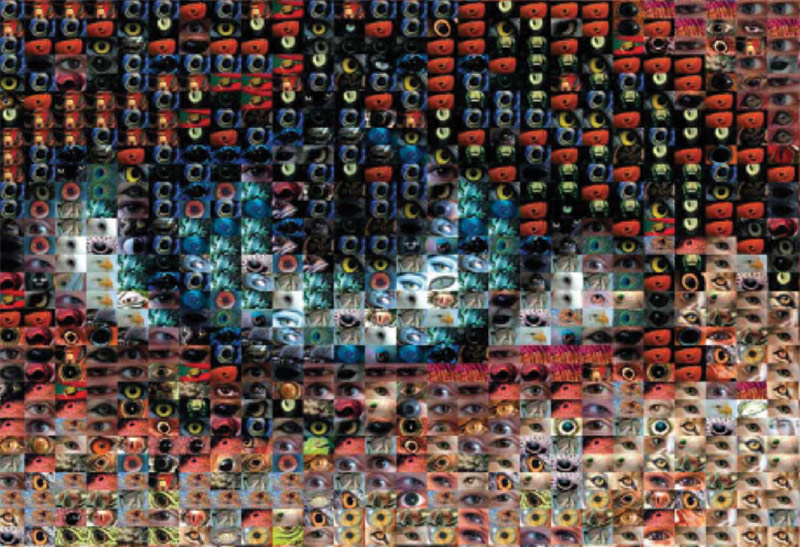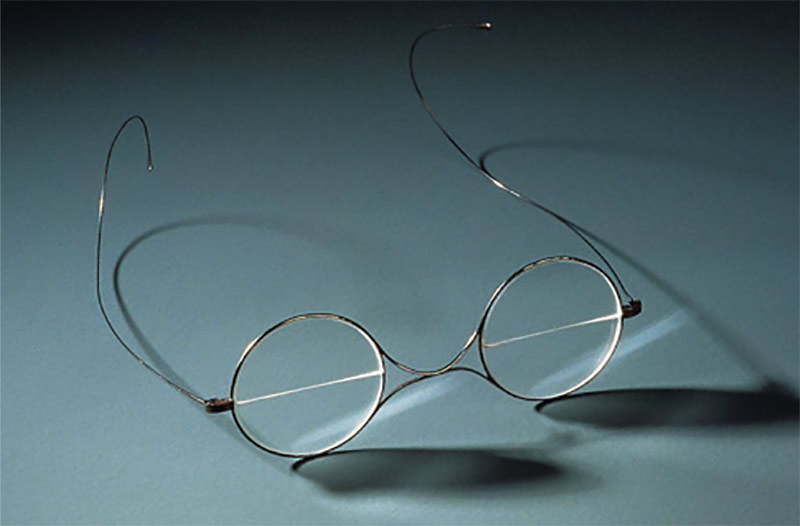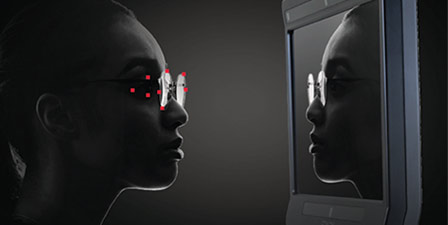Sponsored by ZEISS
By Preston Fassel
While almost anyone can put on a lab coat, sit in a dispensary and help a patient select a pair of frames, it takes a special person to be a true optician. An optician is someone who feels drawn to make a difference in the world, someone who understands the beauty and complexity of the human eye and who seeks to help individuals achieve the best vision possible. They feel a calling, a deep seated inner drive to improve the lives of individuals—and the world—through a dedication to sight. Throughout the long and proud history of our profession, ZEISS has supported opticians in realizing the best of their potential.

Ever since its humble beginnings as an optical department in founder Carl Zeiss’ shop, from which he sold microscopes, thermometers and loupes, the company has had a steadfast dedication not only to providing patients with the highest possible quality in lenses but also in making innovations in the field of opticianry. Almost every leading-edge addition to the optical field over the last century can find its source in ZEISS. It was Ernst Abbe of ZEISS who first calculated the values of optical clarity that gave the current system his name, and in 1911, employee Allvar Gullstrand, who received the Nobel Prize for his work on the dioptrics of the eye, invented the slit lamp that has become an indispensable component in optometry and ophthalmology. It was ZEISS that just a year later changed the very foundations of opticianry with the invention of the Punktal lens, which helped to move our profession out of the jewelry stores and glass shops into the dispensary. That breakthrough provided the basis for every modern prescription lens.
It was ZEISS that made innovations during the 1930s and ’40s to shape the world of post-war optics, developing the first AR technology at the outset of WWII and culminating with Duopal, the first bifocal to incorporate physiological visual conditions in the design. ZEISS applied its own AR technology to optical instruments, eliminating glare and improving the accuracy and quality of the instruments we continue to use in the dispensary every day. Beginning in the ’90s, it was ZEISS that started a veritable opticianry renaissance, beginning with the 1992 invention of the Video Infral, the world’s first digital centration device, continuing with the 1996 invention of backside freeform digital surfacing and the first “short” progressives in 1998. The year 2007 saw the introduction of i.Scription, the world’s first combination of subjective refraction and wavefront measurement that enables precision lens prescriptions up to 100th of a diopter. Just last year, in the face of COVID-19, ZEISS helped keep both patients and opticians safe with the release of UVClean, the first optometry-dedicated frame and lens disinfection system.
As we move into a new era of opticianry, it’s a comfort to know that ZEISS has been and always will be providing opticians with the best possible clarity of lenses and optical equipment. They care about people too. It was ZEISS that pioneered the 40 hourworkweek in Europe almost half a century before it became the standard in the U.S. ZEISS places charity and innovation above finances, eschewing an IPO in favor of re-investing profits into optical research and development, allowing them to focus on making the world a better place. This philosophy allows them to invest in people, from the 1921 creation of the German School of Opticians, to financing optical education courses in universities and engaging in humanitarian efforts everywhere from Europe to America to India.

It’s a philosophy the same as the optician’s own: A dedication to people, a desire to improve the world and an appreciation for the importance, uniqueness and wonder of sight. With an optimistic future ahead of us, it’s comforting to know that opticians can turn to an organization fully cognizant of the unique calling and role that define opticians. ZEISS sees eyecare professionals as committed essential workers on the front lines of the battle to give the world the best possible vision. ZEISS has been there since the beginning, and we can rest assured that they are with us moving into tomorrow.
Learn more about more than a hundred years of ophthalmic lens research and development with our CE, “The Essential Vocation of Opticianry and its Proud Heritage” at 2020mag.com/ce. This free course is courtesy of an educational grant from ZEISS.












